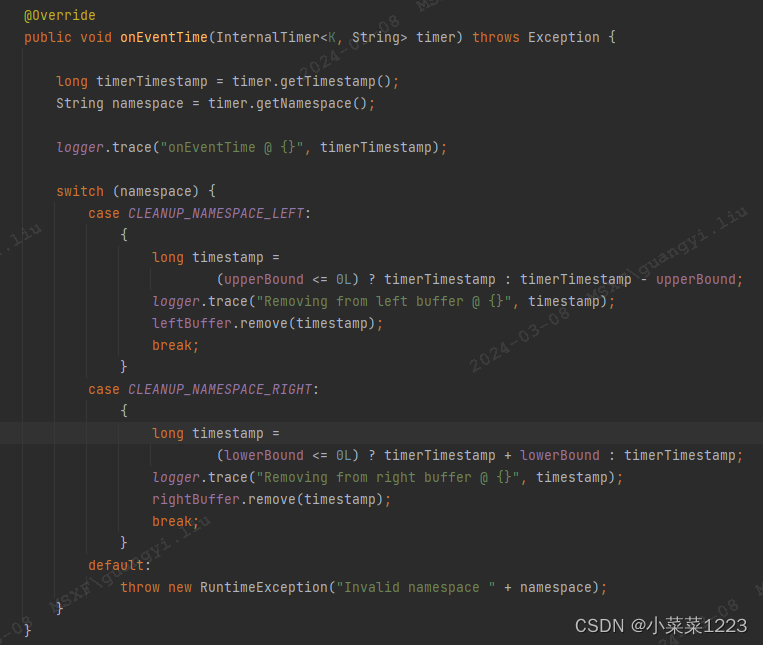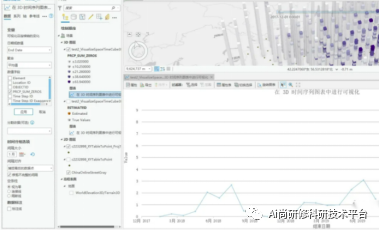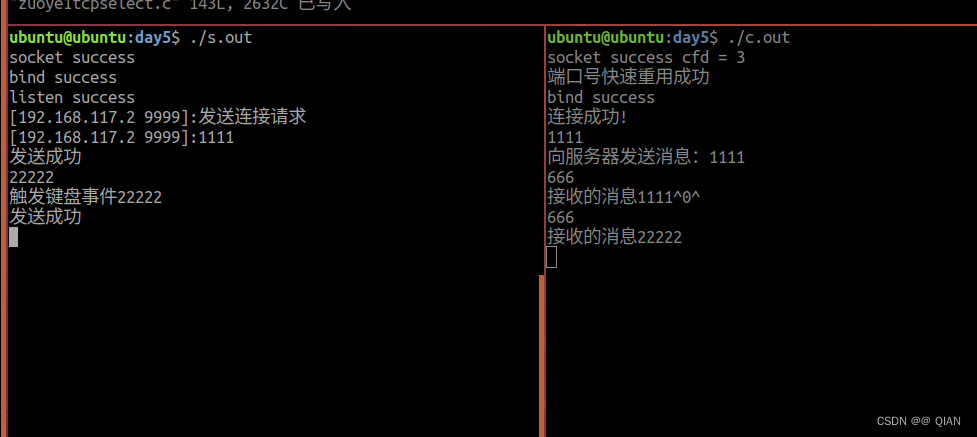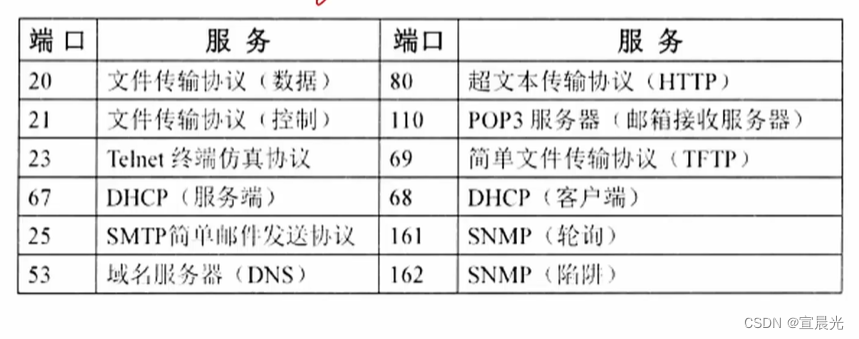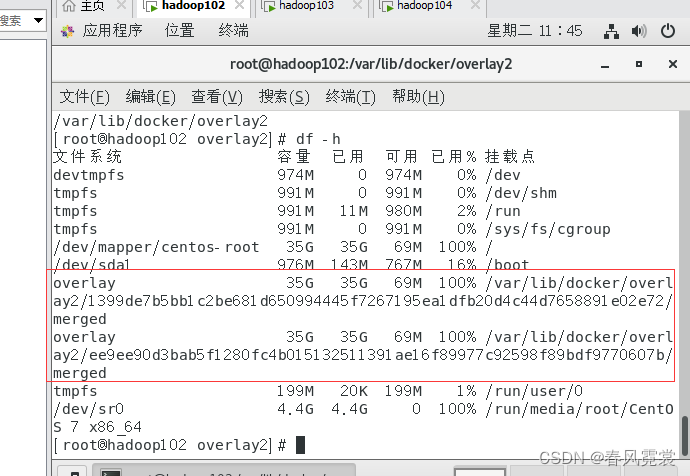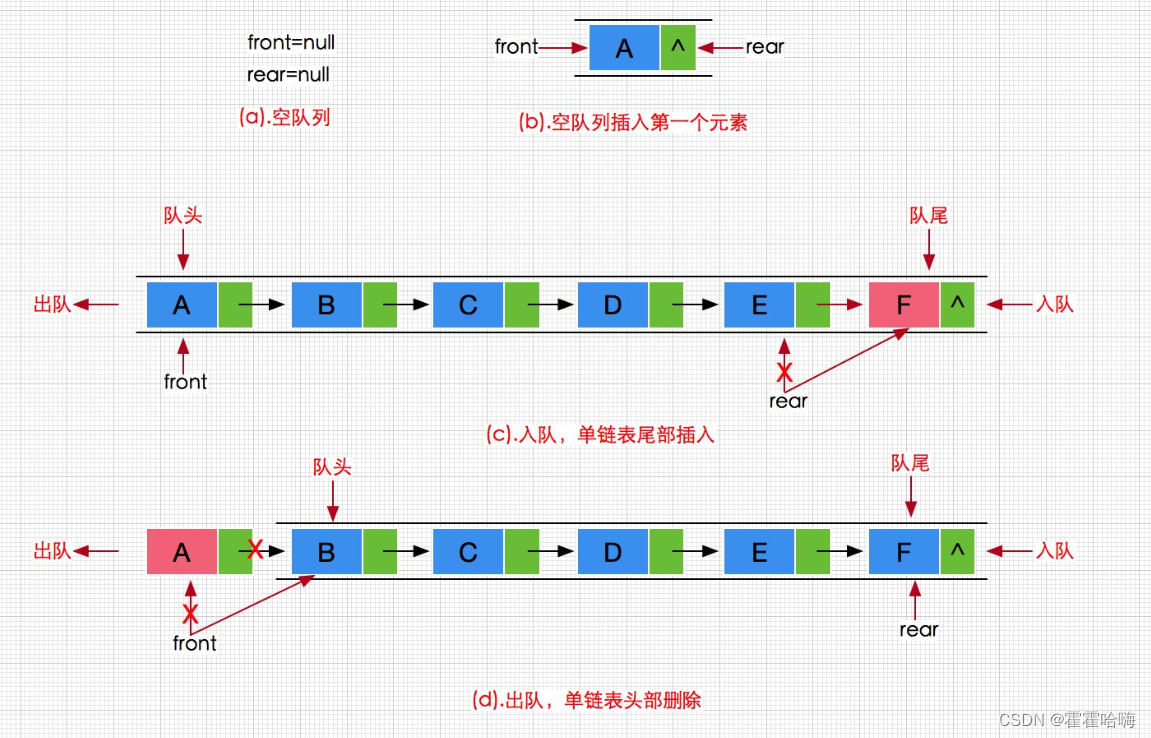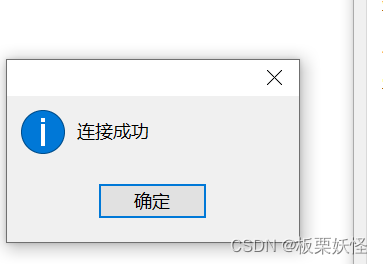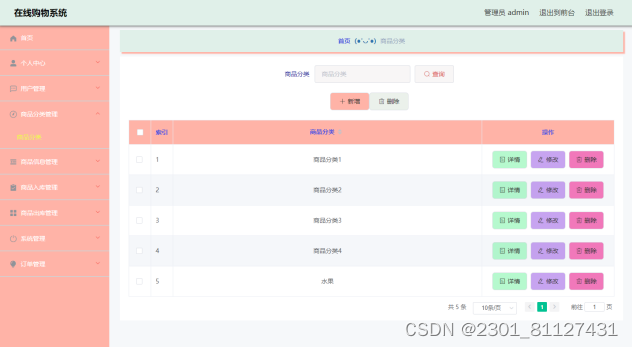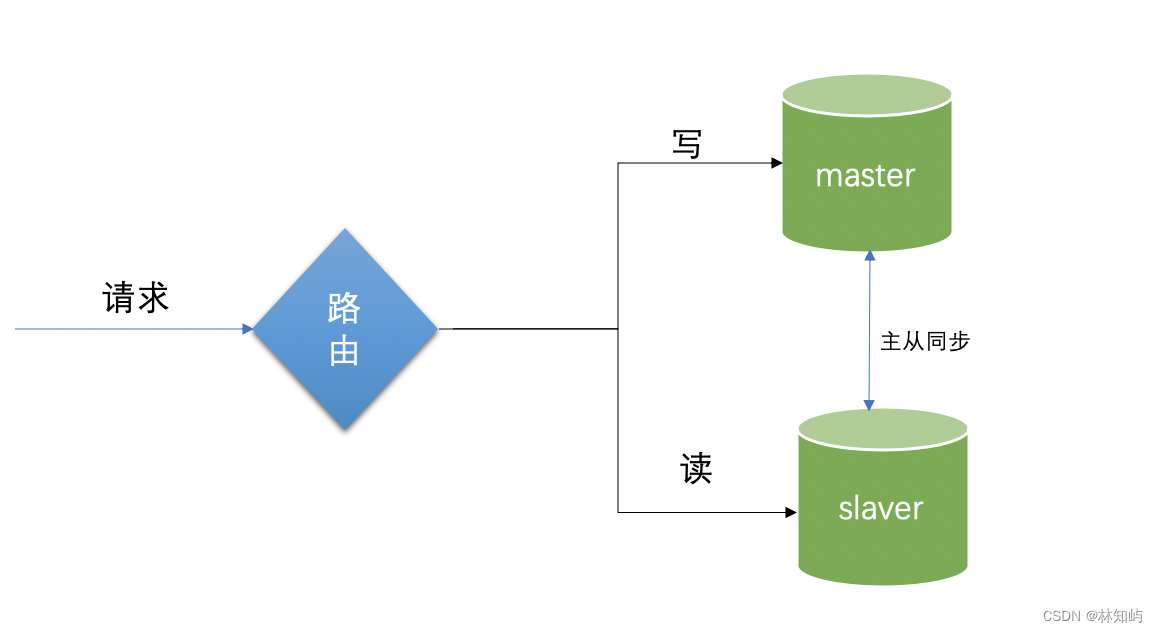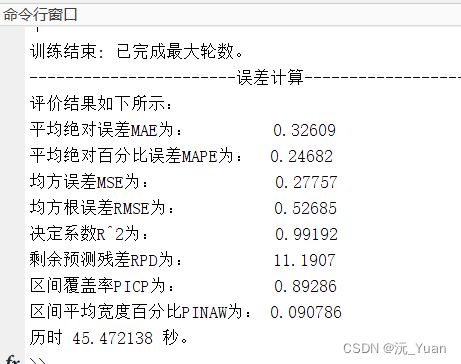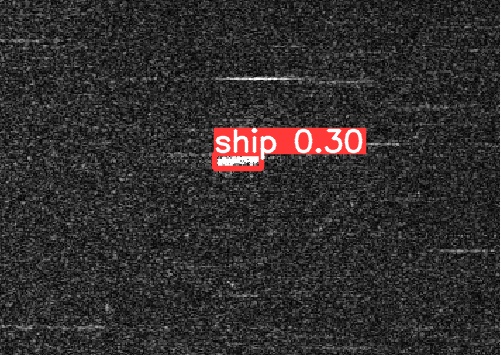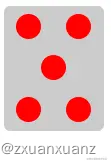论文网址:Frontiers | A Survey on Deep Learning for Neuroimaging-Based Brain Disorder Analysis (frontiersin.org)
英文是纯手打的!论文原文的summarizing and paraphrasing。可能会出现难以避免的拼写错误和语法错误,若有发现欢迎评论指正!文章偏向于笔记,谨慎食用
1. 省流版
1.1. 心得
(1)上来直接就开模型介绍,文心吃这些东西吃多了吧
1.2. 论文总结图
2. 论文逐段精读
2.1. Abstract
①Structural magnetic resonance imaging (MRI), functional MRI, and positron emission tomography (PET) can all be used in neuroimage analysis
②Disease included: Alzheimer's disease, Parkinson's disease, Autism spectrum disorder, and Schizophrenia
2.2. Introduction
①Introducing medical imaging
②Therefore, the feature selection step is extremely important for complex medical image processing. Although sparse learning and dictionary learning have been used to extract features, their shallow architectures still limit their representation ability.
③The development of hardware promotes the improvement of deep learning in medical image analysis
④Categories of medical imaging analysis: classification, detection/localization, registration, and segmentation
⑤This survey mainly centers on brain disease
cardiac adj.心脏的;心脏病的 n.心脏病患者;强心剂;健胃剂
2.3. Deep Learning
2.3.1. Feed-Forward Neural Networks
①The function of FFNN:
where the is the input vector,
is the output;
superscript denotes layer index, is the number of hidden units;
and
are bias terms of input layer hidden layer respectively;
and
denote non-linear activation function;
represents parameter set
②Sketch map of (A) single and (B) multi layer neural networks:

2.3.2. Stacked Auto-Encoders
①Auto-encoder (AE), namely so called auto-associator, possesses the ability of encoding and decoding
②AE can be stacked as stacked auto-encoders (SAE) with better performance
③Sketch map of SAE:

where the blue and red dot boxes are encoder and decoder respectively
④To avoid being trapped in local optimal solution, SAE applies layer-wise pretraining methods
2.3.3. Deep Belief Networks
①By stacking multiple restricted Bolztman machines (RBMs), the Deep Belief Network (DBN) is constructed
②The joint distribution of DBN:
where denotes visible units and
denotes
hidden layers
③Sketch map of (A) DBN and (B) DBM:

where the double-headed arrow denotes undirected connection and the single-headed arrow denotes directed connection
2.3.4. Deep Boltzmann Machine
①Futher stacking RBMs can get Deep Boltzmann Machine (DBM):
2.3.5. Generative Adversarial Networks
①Simultaneously including generator and discriminator
, Generative Adversarial Networks (GANs) achieves the task of training models with a small number of labeled samples:
②The framework of GAN:

2.3.6. Convolutional Neural Networks
①The framework of convolutional neural network (CNN):

2.3.7. Graph Convolutional Networks
①The framework of Graph Convolutional Networks (GCN):

which includes spectral-based and spatial-based methods
2.3.8. Recurrent Neural Networks
①As the extension of FFNN, recurrent neural network (RNN) ia able to learn features and long-term dependencies from sequential and time-series data
②Framework of (A) long-short-term memory (LSTM) and (B) Gated Recurrent Unit (GRU):

2.3.9. Open Source Deep Learning Library
①Some toolkits of deep learning:

2.4. Applications in Brain Disorder Analysis With Medical Images
2.4.1. Deep Learning for Alzheimer's Disease Analysis
①Introducing the Alzheimer's Disease Neuroimaging Initiative (ADNI)
2.4.2. Deep Learning for Parkinson's Disease Analysis
2.4.3. Deep Learning for Austism Spectrum Disorder Analysis
2.4.4. Deep Learning for Schizophrenia Analysis
2.5. Discussion and Future Direction
2.6. Conclusion
3. 知识补充
4. Reference List
Zhang, L. et al. (2020) 'A Survey on Deep Learning for Neuroimaging-Based Brain Disorder Analysis', Front Neurosci. doi: 10.3389/fnins.2020.00779

